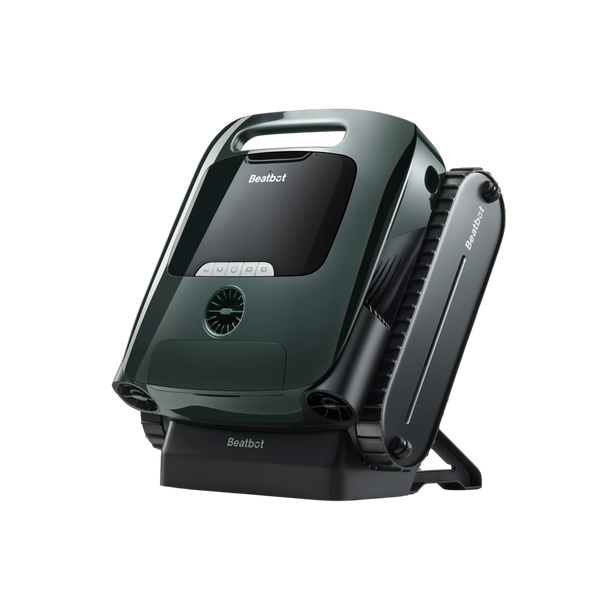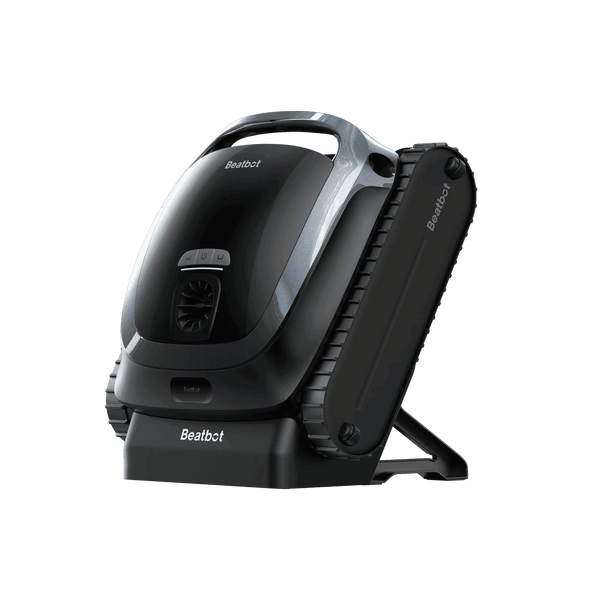Pool Filter Maintenance: Cleaning Techniques and Backwashing Frequency
Pool filters, an important yet often overlooked component, do much more than just clear leaves and debris from the pool; they play a crucial role in maintaining the overall water quality, safety, and health of the pool. Today, we're going to discuss the different types of pool filters and guide you on how to clean them properly so that you can enjoy the clear water that you deserve.

Why Do You Need a Pool Filter?
The quality of pool water has a direct impact on our health and enjoyment. You wouldn't want dirt, harmful debris, or substances that could cause skin irritation to enter your pool, would you? Protecting our skin from such adverse effects is crucial, which is why an efficient filtration system is essential. Pool filters do more than just remove visible leaves and debris; they capture tiny particles that could pose a threat to swimmers' health, helping to maintain clean and sanitary water. They filter out bacteria, algae, and other contaminants, ensuring that the water in the pool is both safe and comfortable. In simple terms, pool filters are key to maintaining the health of the pool and providing a pleasant swimming experience.
What Type of Filter Do You Have?
Pool filters can generally be categorized into three types, each with its own maintenance requirements:
Cartridge Filters:
Common in smaller above-ground pools, these filters use pleated cartridges to capture particles.
Sand Filters:
The most common type, sand filters use a bed of sand to strain out impurities, effectively trapping them within the filter.
DE Filters (Diatomaceous Earth):
Known for their fine filtration, DE filters use a layer of DE powder that coats internal grids or "fingers," capturing debris through the microscopic pathways created by the coating.

How to Clean Your Filter?
Cartridge Filters
- Shutting down the pool pump to prevent water flow.
- Removing the cartridge and using a garden hose to flush away loose debris.
- Soaking the cartridge in a filter cleaner or mild detergent solution, then gently scrubbing to remove any remaining dirt.
- Rinsing thoroughly to remove all traces of cleaning solution and debris.
- Inspecting for damage and replacing the cartridge if necessary.
- Reinstalling the cartridge and restarting the pump to check if the water flow and pressure are normal.
Sand Filters
- Shutting down the pool pump and locating the multi-port valve on the filter, setting it to the "backwash" position.
- Connecting a backwash hose to the waste outlet and directing it to an appropriate drainage area.
- Initiating the backwash cycle, starting the pump, and running it until the water in the sight glass or discharge hose runs clear.
- Briefly rinsing before resetting the multi-port valve to the "filter" position and monitoring the pressure gauge regularly.
DE Filters
- Preparing a DE solution by mixing the powder with water before adding it to the filter through the skimmer, ensuring an even coat on the grids or fingers.
- Backwashing when the pressure rises by 20-25% above the clean pressure, following a similar process to sand filters but paying attention to the level of DE.
- Replenishing DE after backwashing, ensuring not to overfill, which can reduce filter efficiency, or underfill, which can lead to clogging.
Backwashing Frequency
Whether it's backwashing or regular cleaning, regular cleaning is always a good idea to maintain a hygienic state. The specific interval for backwashing/cleansing your filter varies depending on the pool and the relative size of the filter. Some people need to clean their filters weekly, while others may not need to clean their filters for the entire season. There are also specific situations, such as increased back pressure in the filtration system, or reduced circulation flow, that warrant a check of the filter. Additionally, if you notice an increase in pressure of 5-10 psi, or a decrease in circulation flow, it may be time to clean the filter. If the pool water is cloudy or discolored, you should also check the filter. The recommended cleaning frequency is:
- Cartridge filters: Usually cleaned every 2-6 weeks, depending on usage.
- Sand filters: Recommended to be backwashed every 1-4 weeks, adjusted based on water quality and debris levels.
- DE filters: Should be backwashed every 1-3 months to maintain the best performance of the filter.

FAQ
Q:What is the difference between backwash and rinse? A: Backwashing is the process of reversing the flow of water through the filter to dislodge and remove trapped debris, which helps prevent clogging and maintain the effectiveness of the filter.Rinsing, on the other hand, involves flushing the filter in the normal direction with water after backwashing to remove any remaining dirt particles and resettle the filter media, such as sand in sand filters or DE powder in DE filters.
Q:What happens if you don't backwash your pool? A: Neglecting backwashing for your pool filter can lead to costly consequences: if the filter becomes clogged with debris, its filtering efficiency will decrease, which also increases the pressure on the filter, potentially leading to performance degradation or damage.Furthermore, a clogged filter can lead to cloudy water, which directly relates to water quality issues and potential health risks for swimmers.
Relative Blogs
About the author





















